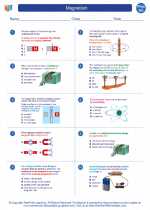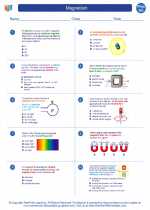Polar Regions
Introduction
Polar regions are the areas around the North and South poles. These regions are characterized by extreme cold temperatures, ice caps, and unique ecosystems adapted to the harsh conditions.
Climate
The polar regions have a polar climate, with long, dark winters and short, cool summers. The average temperatures in the polar regions are below freezing for most of the year.
Geography
The North Pole is located in the Arctic Ocean, surrounded by land masses such as Alaska, Canada, Russia, and Scandinavia. The South Pole is situated on the continent of Antarctica, which is covered by a thick ice sheet and surrounded by the Southern Ocean.
Ecology
The polar regions are home to unique wildlife such as polar bears, penguins, seals, and various species of birds. The extreme conditions have led to the evolution of specialized adaptations in these animals and plants.
Human Impact
Human activities such as oil drilling, fishing, and tourism have had a significant impact on the fragile ecosystems of the polar regions. Climate change is also causing the polar ice caps to melt at an alarming rate, leading to concerns about rising sea levels.
Study Guide
- What are the characteristics of the climate in the polar regions?
- Describe the geography of the North and South poles.
- Explain the unique adaptations of the wildlife in the polar regions.
- Discuss the human impact on the polar regions and the implications for the environment.



